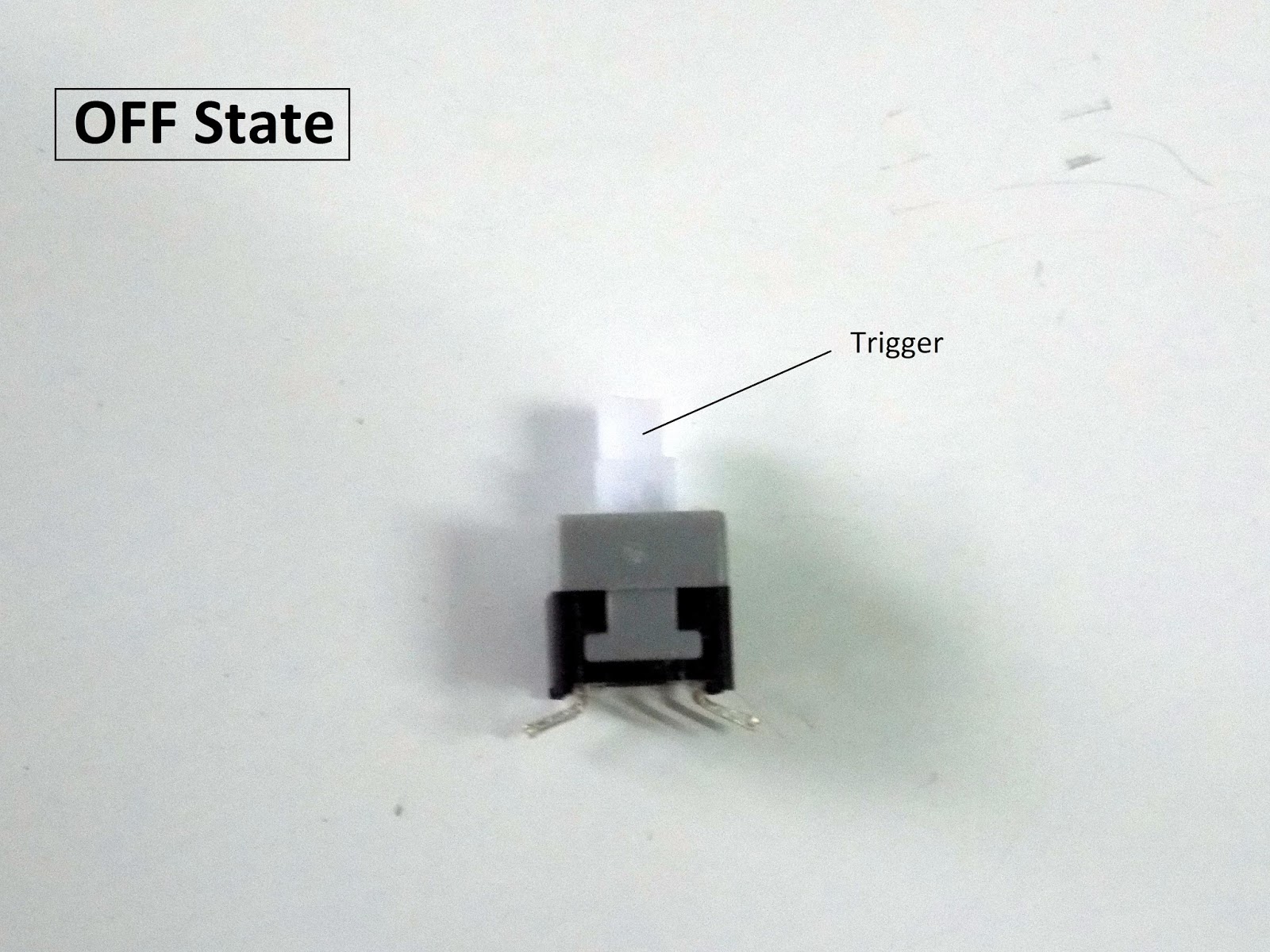The DPDT push switch
So simple, yet ubiquitous.
working of
The DPDT Push Switch(Double Pole Double Throw), more commonly known as 6 Pin Push Switch, is nothing but a combination of two switches placed together in a single unit. Unlike momentary or tactile switches, these switches maintain there switching state, that is ON or OFF until they are triggered again.
For example, if I push it once so that it’s turned on, it will remain in the ON state until I push it again. That’s why these switches are mostly used for switching low-current power supplies ON and OFF.
Construction #

Its construction is rather simple, just two SPDT(Single Pole Double Throw) switches placed together inside a box independently. Here, what I mean by independence is that no connections between these two SPDT switches exist.
The gist of the lingo is:
- Pole: common pin.
- Throw: the number of pins the pole can switch to. Therefore, SPDT switches have 1 common pole and 2 switching states, ON and OFF.
For example, those small sliding switches we’ve all used are actually SPDT switches.
Working #
The key difference in using DPDT switches rather than their SPDT counterpart lies in the fact that, in DPDT switch, the common pins of both the sub-switches, COM1 and COM2, are to linked to each other. This construction results in both the sub-switches having the same switching states when the DPDT switch is pushed.
| ON state | Off state |
|---|---|
 |  |
For example, referring to the pinout above, the typical states of a DPDT switch would be:
- OFF state: COM1 -> NC1, COM2 -> NC2
- ON state: COM1 -> NO1, COM2 -> NO2
Here, NO refers to Normally Open, and similarly, NC refers to Normally Closed pins of the switch.
Usage #
Though this miniature switch may seem simple, which it is, still its smart implementations simplify many complex schematics.
One such example is using this switch as a commutator.
Some of the projects where I’ve exploited the commutating action of this switch are:
- Convertendo: Solves the issue of incompatibility of earphones with your phone using a mini-sized adapter.
- Boggler: Allows you to toggle between the serial and parallel outputs of multiple batteries on the push of a switch.

Comments
Nithin Sai #
Make some Arduino Tutorials plssss…. :)